What is a router table? |
||||
 |
||||
 |
A router table is a special type of table where an appropriate hand-held router can be fixed, upside down, to the underside of the tabletop. The router cutter, or bit, will protrude through a hole in the surface of the table. The material is then fed along the table, against the spinning cutter, to be cut or shaped. Router tables come with an array of accessories, for assistance with various cutting and shaping tasks, and work to increase the versatility of your router. |
|||
 |
The two main types of router table are free standing and benchtop. Free standing router tables are usually larger tables which can be used as standalone tables, but often also have removable legs so they can also be used as benchtop tables. Benchtop router tables are typically smaller and lighter, making them easier to transport. They are designed to be used on top of another table or workbench and usually come with brackets so they can be fixed securely to a table top. |
|||
 |
A router mounted in a table works in the same way as a hand-held router, but because the machine is upside down, the router bit spins in an anti-clockwise direction. The user guides the material against the router cutter, rather than the guiding the cutter against the material. This means pieces of material can be supported on a level surface as you work, although using really large pieces of material may be difficult to support on a table and may need to be supported another way and worked with a hand-held router. |
|||
What can a router table be used for?
|
||||
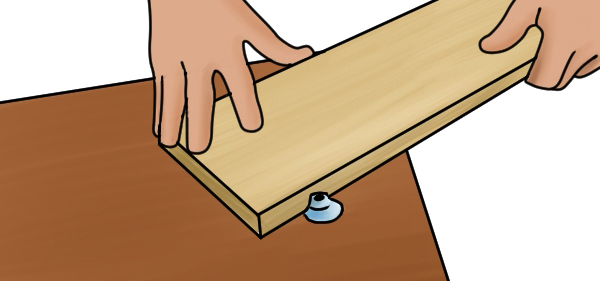 |
Router tables allow you to use your router in ways which would be difficult or not possible if you were holding the router while you worked. Here are some of the applications which are best suited to a router table. |
|||
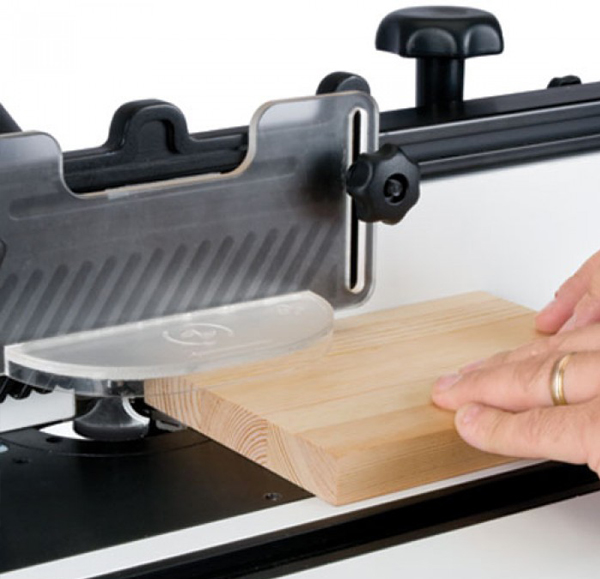 |
Working with small, narrow, or long materialIf you want to rout particularly small or thin pieces of material, you should consider using a router table because trying to rout these manually can be difficult as the material will not be large enough to support the base of the router and it risks tipping over. Push tools, which are usually included with a router table and are also available as extra accessories, can be used to guide small or thin pieces of material without the risk of your hand getting too close to the cutter. Other accessories can be used to provide extra support from the side or below, they're usually called finger pressures. Long pieces of stock, such as moulding, would be incredibly difficult to edge with the router being used as a hand-held tool, but the table, along with the pressures and other guides, can support something like this as it is pushed across the table. |
|||
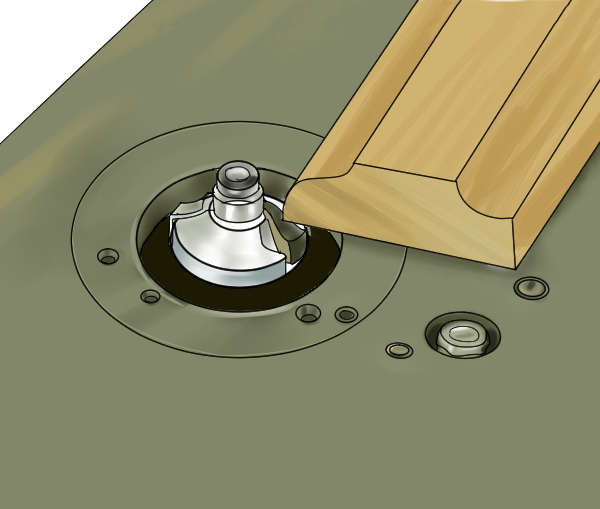 |
Routing with large diameter router cuttersRouter tables are useful if you want to work with larger cutters, or bits. Larger router bits (i.e. those over 38mm/1½ inches in diameter) can be harder to control in a hand-held router, especially when cutting the edge of materials. Most manufacturer's actually recommend any cutter over 38mm in diameter should not be used in hand-held routers. As a result, larger bits such as these should be used in a router table where you will have more control. Some of the available cutters can only be used when the router is table mounted and will be unreliable if used for hand-held routing. |
|||
 |
||||
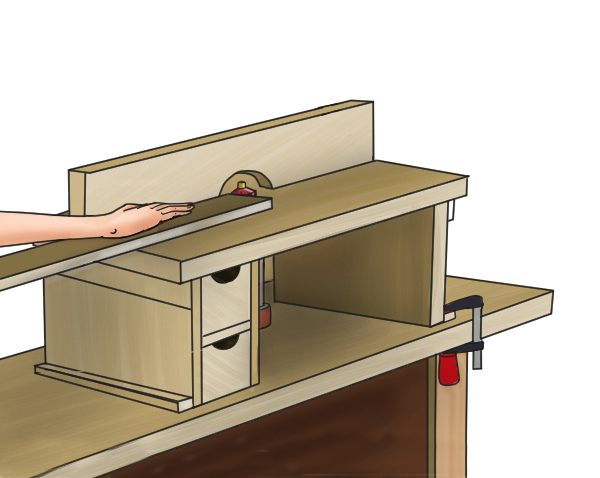 |
Routing the same cut multiple timesApplications that involve making large quantities of identical cuts are usually best done on a router table. This is because once you set up the router table with its fence and other accessories or spares, you can simply feed multiple pieces of material, one after another along the table, rather than having to set up a hand-held router and any other accessories for each new piece of material. They're particularly suited to cutting multiple grooves, slots, rebates, dadoes, mortises and tenons, and sliding dovetails. |
|||
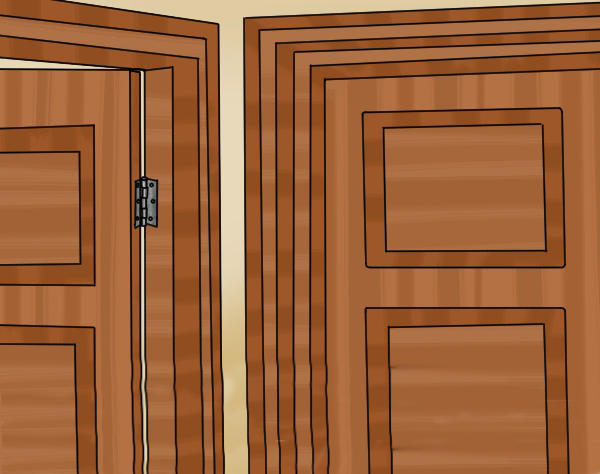 |
Making raised panel doorsThe parts needed to produce a panel door can not be made using a router as a hand-held tool, but they can be produced with a router table. The stiles and coped ends of the rails for the door's frame have to be machined incredibly accurately for the door to joint together properly, which would be nearly impossible to achieve with a hand-held router. You also need to use raised panel router cutters with relatively large cutter diameters which would not be suited to hand-held routing. |
|||
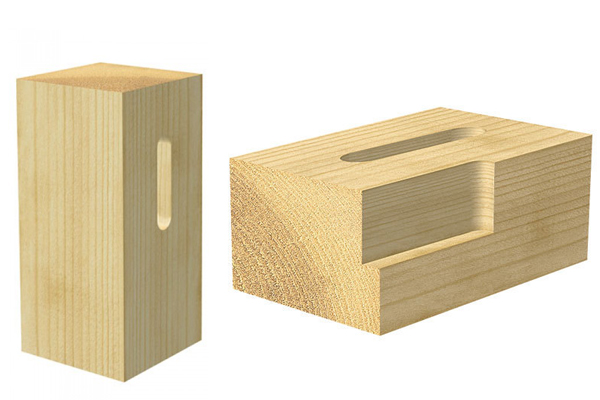 |
Routing stopped cutsCuts that do not continue for the entire length a material are called stopped cuts. They're either decorative, like a bevel that begins and ends at a set position on a chair leg, or practical, like a half blind dovetail pin or a mortise. The router table fence can be set up quickly with stops which allow you to produce repeated stopped cuts easily. |
|||
 |
||||
 |
||||







